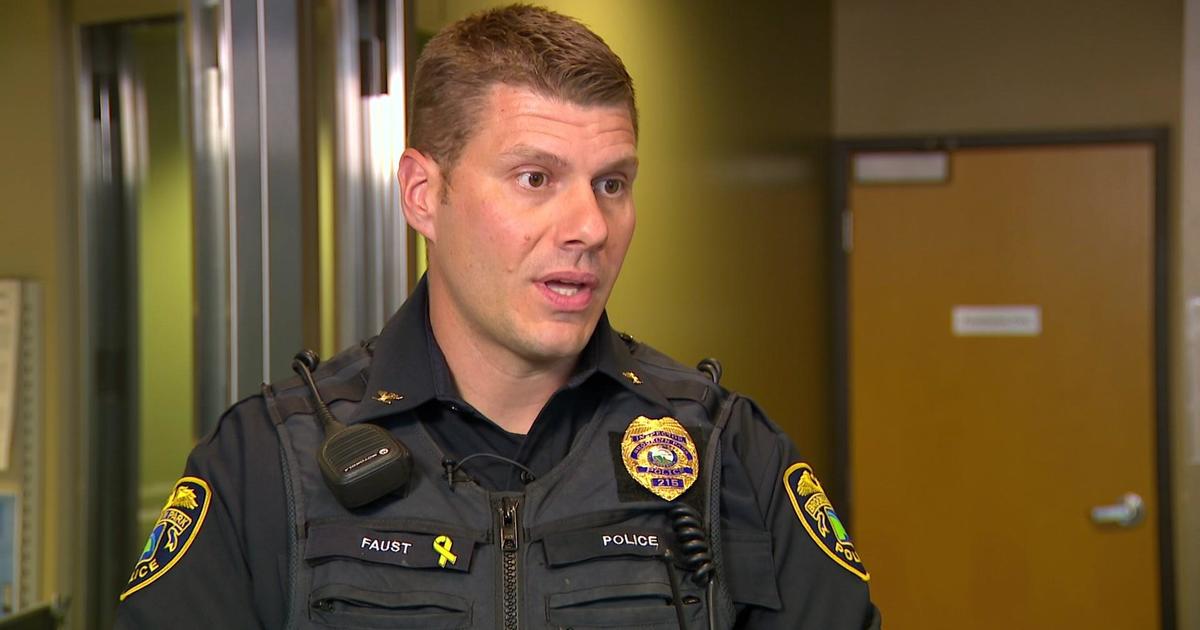Good Question: How Do Executive Actions Work?
MINNEAPOLIS (WCCO) -- President Obama took a number of executive actions Tuesday regarding gun control, saying the gun lobby is holding Congress hostage.
"There are actions within my legal authority that we can take to help reduce gun violence and save more lives," President Obama said.
These actions, which give guidance to federal agencies on background checks, did not rise to the legally-binding level of an executive order. But opponents say they are still an illegal way to get around the United States Constitution.
So, how are executive orders and actions allowed?
"The president of the United States … has the authority, in some situations, to be able to act, to be able to make law by issuing statements," David Schultz, professor of constitutional law at Hamline University, said.
There can be several kinds of executive actions, ranging from proclamations to statement to orders -- the last of which are legally binding and carry the full weight of the law.
There have been 14,000 executive orders issued since George Washington was in office.
President Obama so far has averaged 33 per year, compared to President George W. Bush's 36 per year. President Clinton had about 46 per year and President George H.W. Bush had 42 per year.
The basis for executive orders and actions are not written specifically into the U.S. Constitution, but Schultz says there are several spots where the arguments can be put together in a variety of ways.
"That has been a tradition upheld by the courts and it's well established in American constitutional law," he says.
First, Article II of the U.S. Constitution gives the president a certain amount of authority to enforce the law. It says, in part, "He shall take care that the laws be faithfully executed."
Next, Schultz says there are cases where Congress will pass a law and delegate to the executive branch to fill in the details. The president also has some control over administrative law and, as commander-in-chief, has some special foreign-affairs powers.
Courts can rule executive actions and orders unconstitutional or illegal, but Schultz says it has only been done a handful of times.
Executive orders can be overturned by a new president, which is much more common.
Tuesday's action by President Obama was not a new law, but rather more of a guidance on how federal agencies should act. Even so, several Republican presidential candidates said they would immediately overturn President Obama's action were they elected to office.
"Well I can tell you right now that if you live by the pen you die by the pen -- and my pen has an eraser," Sen. Ted Cruz (R-TX) said Tuesday.
Franklin Delano Roosevelt issued 3,721 executive orders during his 12 years in office, the most of any U.S. president in history.



